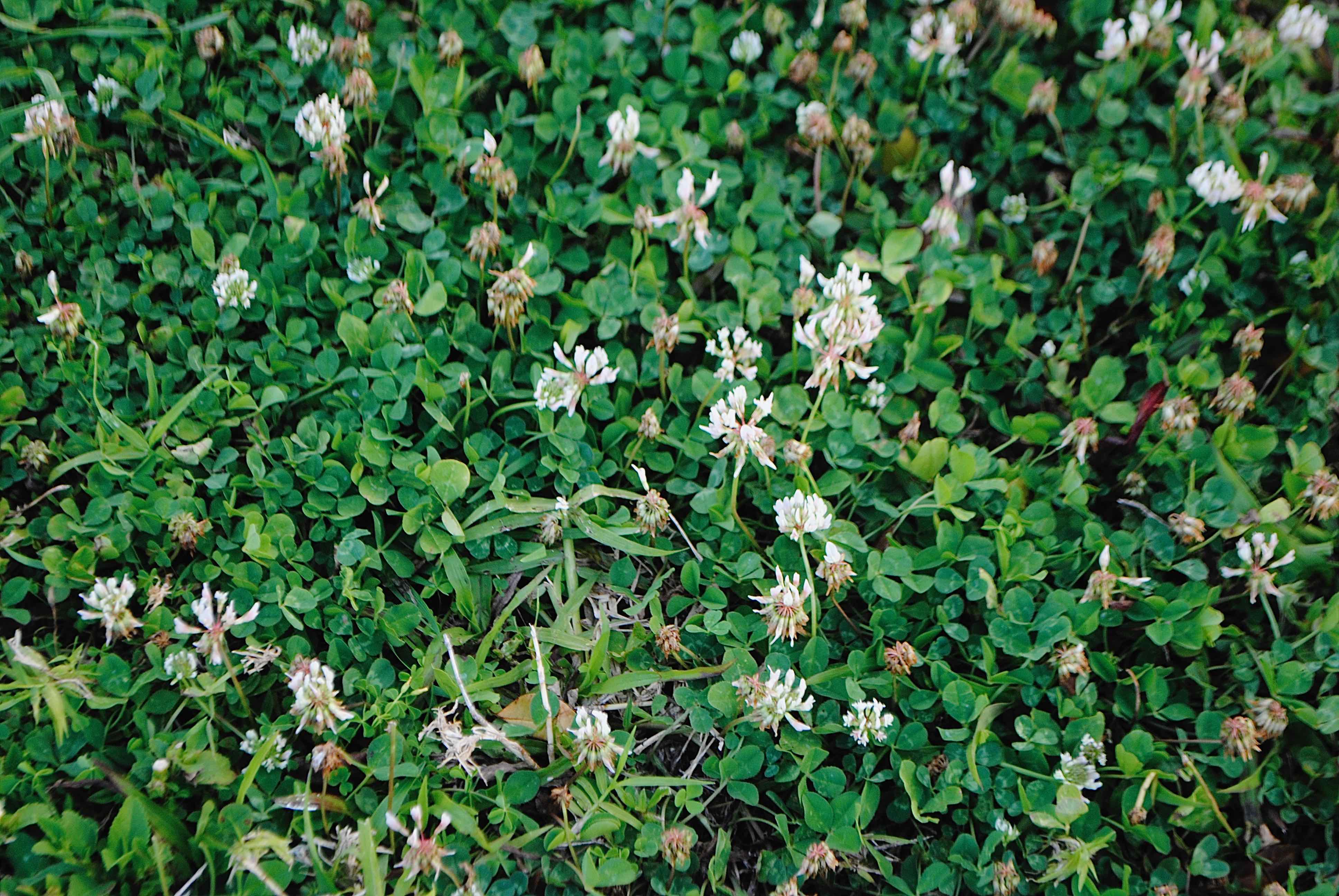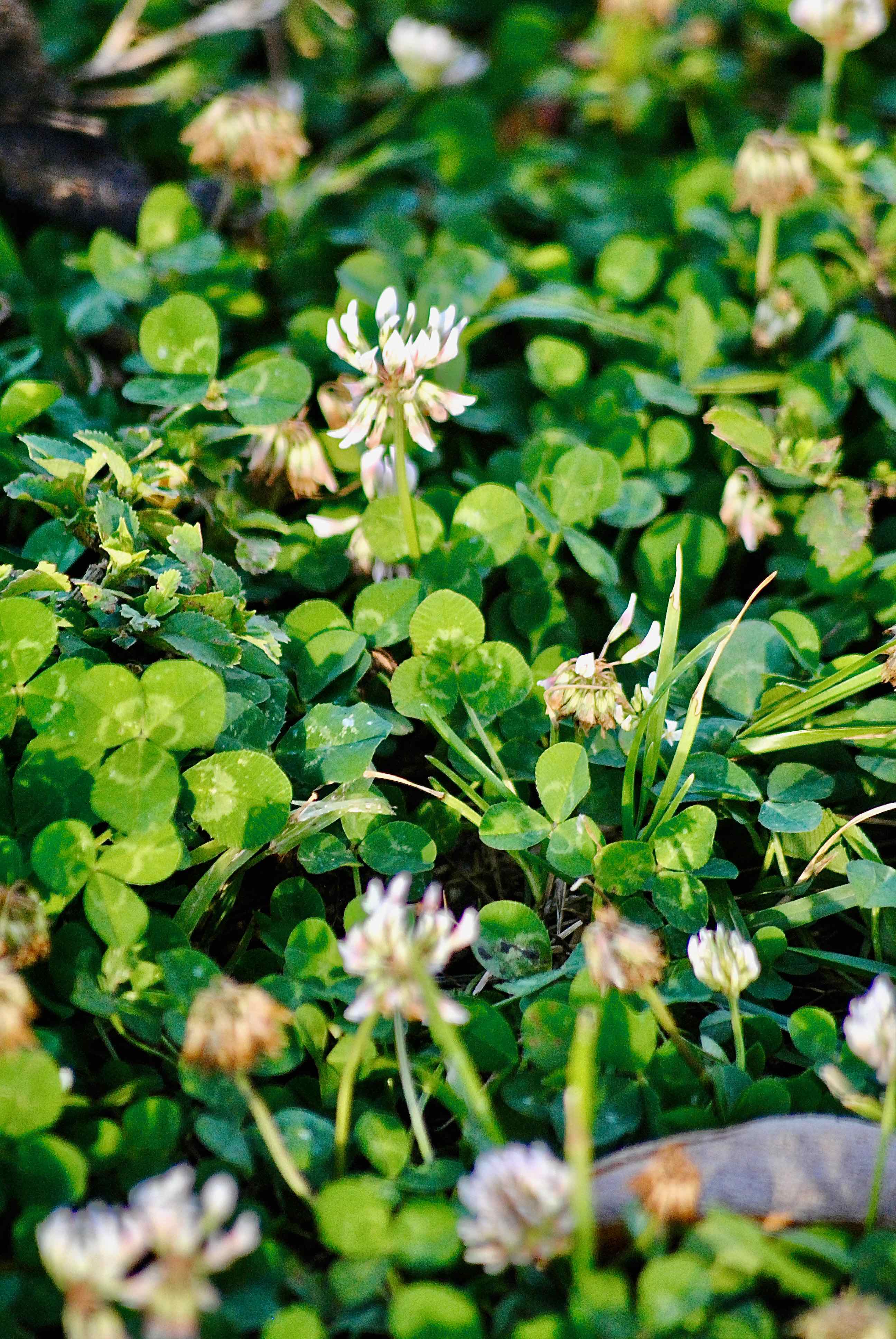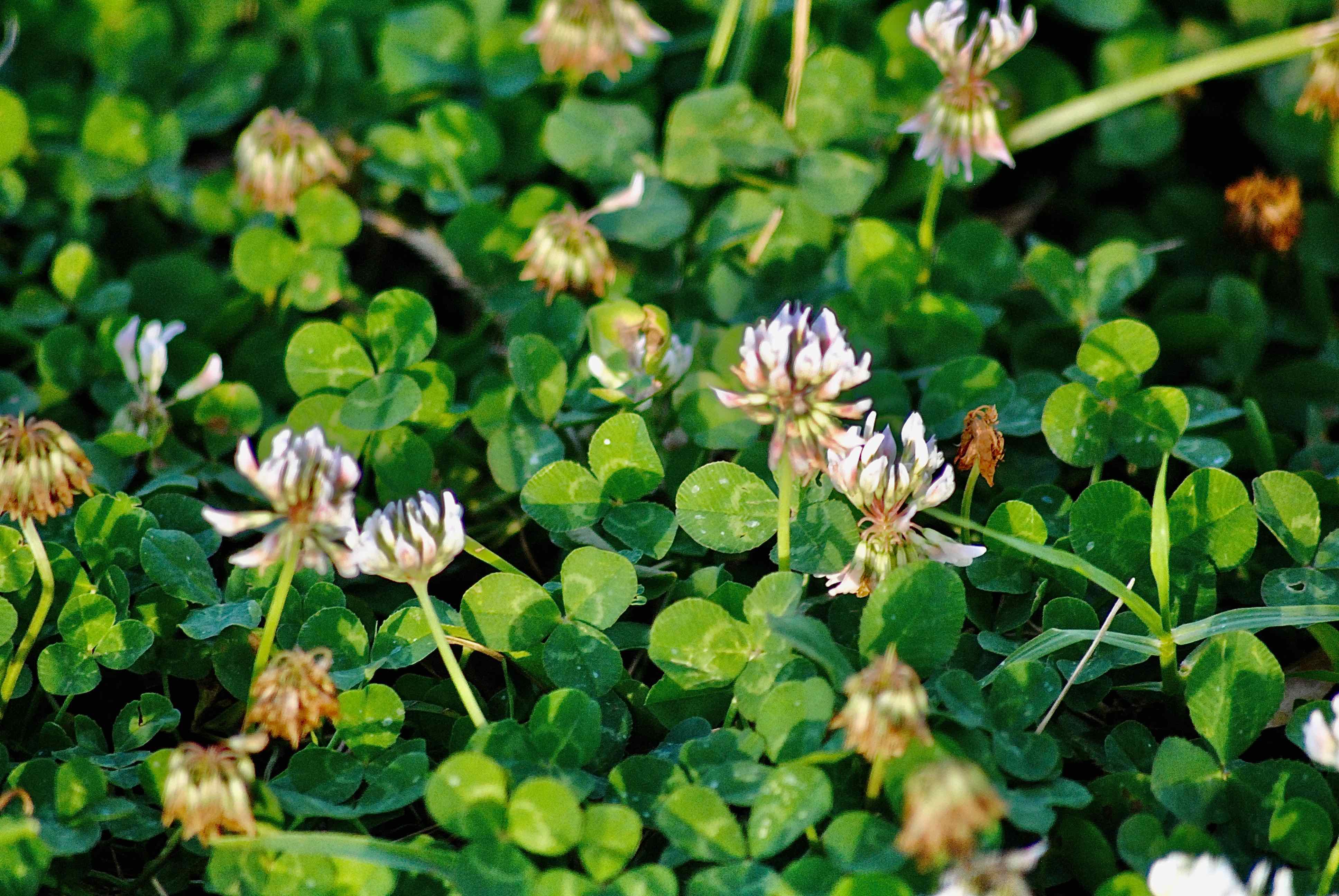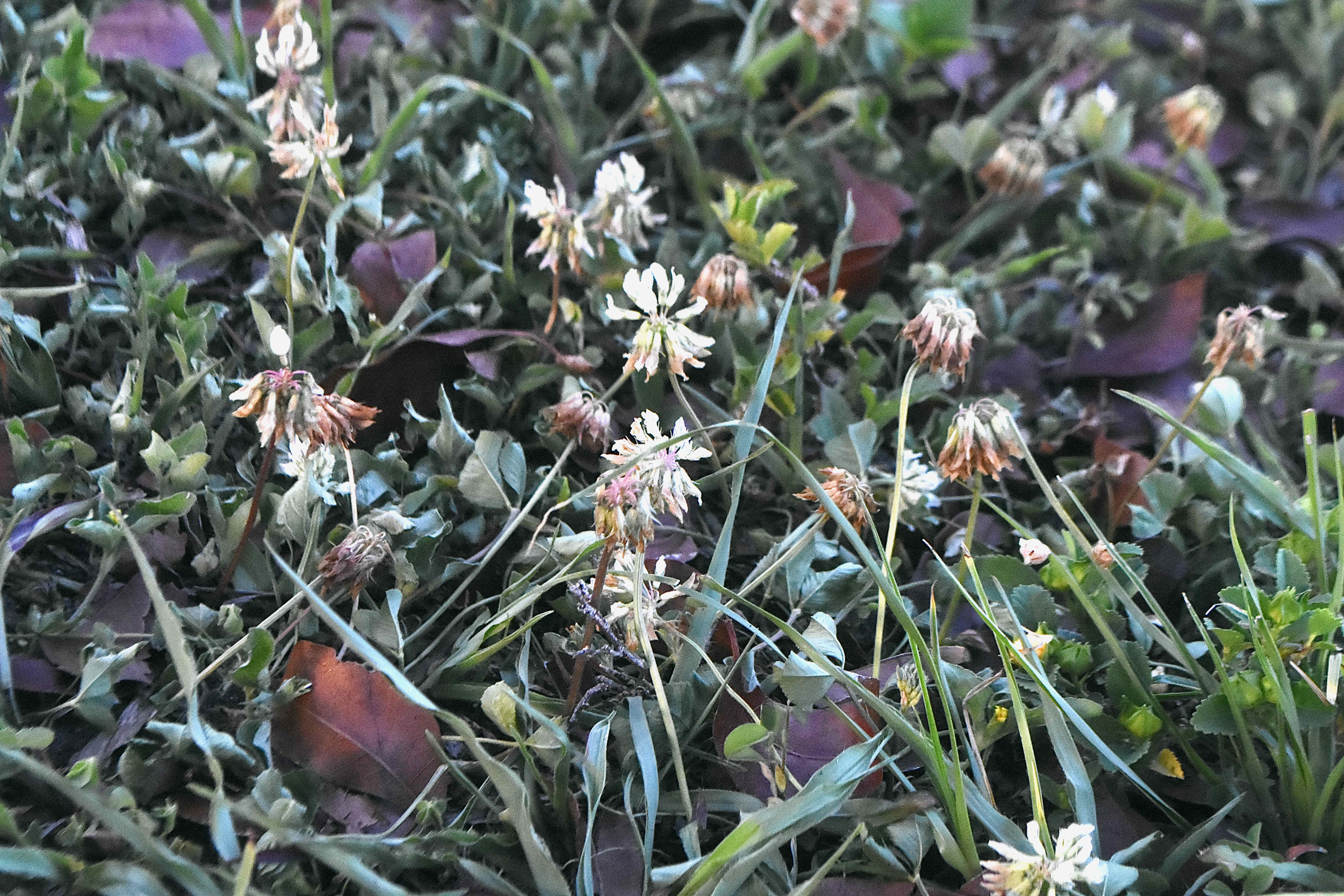
White clover, photographed at Lake Ida County Park, Delray Beach, Palm Beach County, in March 2014.
In much of the world, white clover, Trifolium repens, is common, in some places so common that it's weedy. Have a lawn up north and all you have to do to spot it is pretty much look down. It's that common
In South Florida, not so much. But then, it's not native to the region, either. Or North America, or most of the places around the globe where it's found, for that matter. White clover is a European plant that's been brought to the Americas, parts of Asia, Australia and Africa because of two compelling qualities: animals, including cattle, like to eat it, while at the same time it improves soil fertility by "fixing" nitrogen from the air with the help of certain bacteria. It's also used as a green manure and as a ground cover to control erosion. Bees love its nectar, making it an important source of honey. No wonder that white clover is the most widespread member of pea family in the world.
It's a short plant, topping out at a few inches off the ground. However, its stems will elongate and sprawl along the ground, root along the length and form large, dense mats. Generally speaking, its small size prevents it from blocking out native species. However, in places, including parts of Glacier Bay National Park, it becomes a problem plant because it's so dense and difficult to remove.
Like other members of the pea family, it has compound leaves. In the case of white clover each with three oval shaped leaflets, unless you're lucky enough to come across one with four. White clover has fairly large, round flower heads, each with between 40 and 100 small flowers (one description put the number between 20 and 50). It can reproduce via seed, or vegetatively.
White clover is the host plant for the southern dogface, orange and clouded sulphur butterflies and a nectar plant for many other species, including whites and skippers. Many species of bees are attracted to it. The list of birds who eat the seeds includes the greater prairie chicken and wild turkey. White-tailed deer will browse the foliage, as will smaller mammals. Horses and cattle will eat it — it's high in protein and carbohydrates — but it can cause prussic acid (hydrogen cyanide) poisoning if eaten in large quantities under certain conditions. White clover cultivars have been developed that are less toxic than wild white clover.
We humans have used white clover medicinally to treat numerous condition. A tea made from the leaves has been used for colds, coughs and fevers, while a tea made from the leaves has been used for rheumatism and gout. White clover also contains a chemical called genistein, which is said to be an antioxidant and potential cancer preventative.
White clover likes cool, moist climates, and rich soils, making South Florida far from an ideal home for the plant. However, cultivars have been developed that are better suited to Florida growing conditions. White clover is a member of Fabaceae, the pea family. Other common names: Dutch clover, ladino clover and white Dutch clover.
Click on photo for larger image
U.S. Department of Agriculture Distribution Maps
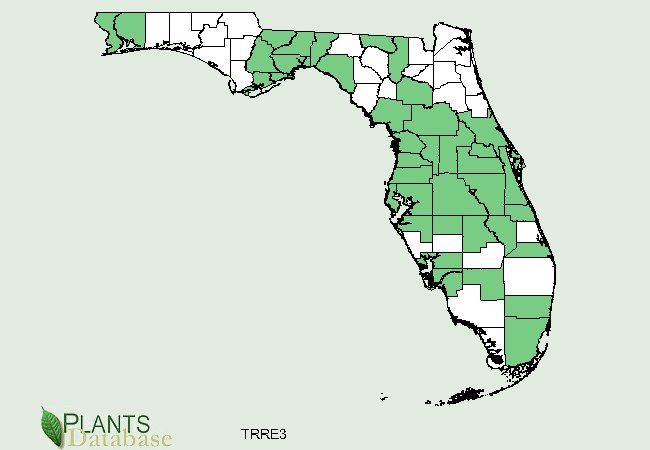


Links for White Clover

